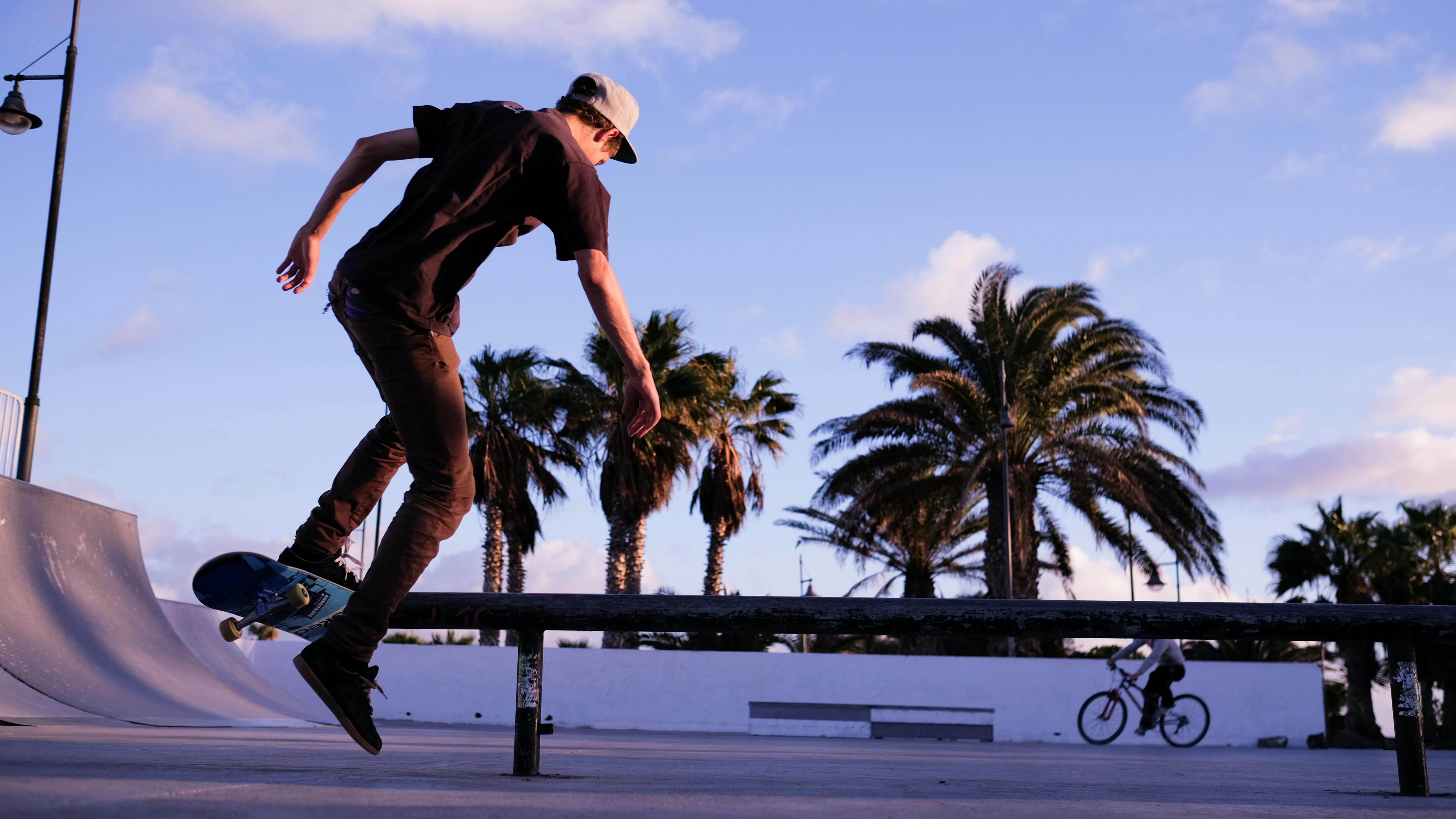Despite Fair Trade’s sound and honorable intentions, and its growing success, the brutal fact remains that the Fair Trade movement could increase its total market share by 1,000% and still have negligible effect in helping consumers. poor farmers and people out of poverty. Unfortunately, the fair trade market helps the rich bet more and the poor farmer keeps the smallest piece of the pie, if he has any.
Unfortunately, concept and reality are not the same in terms of Fair Trade. So if you want to make a purchase that really helps someone who is socially good, buy one of the cafes supported by charities that support orphans or homeless children. Unfortunately, the logo is often sold without any proof that the end farmers are getting the extra money. Worst Fair Trade doesn’t dictate any kind of income level for the farmers it supports, so rich farmers stand to benefit just as much as poor farmers. Think about it: which one do you think has access or communications to learn about Fair Trade? The poor farmer without electricity or the rich farmer with TV, cell phone, computer, Internet and telephone, so that the great barons of the land and the big companies can own. the coffee farm and obtain Fair Trade certification? So in most cases you are just helping the rich get richer. Have you ever looked at a map showing the location of the FT company address. Are you surprised that 90% of certified companies are in the US?
Here’s another thought. Most of the third world countries people are extremely poor. The richest people in the third world own land. The richest of these rich own land that produces income, that is, a producing farm or a mineral-producing tract of land or a quarry. So in that third world country by far the richest people are those who own a farm. It is true that they may not be rich by our standards, but they are much richer than 95% of their countrymen. So if you’re only targeting the 5% of certified farmers who are in a third world, you’re actually also helping the wealthiest people in that country, the people who need the help the least.
Last and most worrying is the company that sells Fair Trade. TransFair describes its logo fees as equivalent to just pennies per pound. Those pennies add up. Last year, it generated $1.89 million in licensing fees from companies that used the logo. He also spent $1.7 million on salaries, travel, speaking engagements and publications for the 40-employee organization. And they did NOT donate a dime to the poor farmers, the guys they are promoting to help. Is that really fair? Fair trade: yes, of course!
So why would you buy FT gourmet coffee? It’s certainly not because he’s helping the poor desolate farmer you’re imagining. Did you say you bought Fair Trade because the quality was better? Unfortunately, just because Fair Trade coffee costs more, there is no guarantee or standard that the quality is better. In fact, the opposite is true: most F.T. coffees are of poorer quality. There are hundreds of coffee companies that could not sell their coffee because it was of poor quality. But that coffee company became Fair Trade certified and sales increased. But again, nothing was done to improve its quality; all they need to do is show that they are paying a higher price for the coffee; they do not have to prove who they are paying or how the money is distributed. So please check that Fair Trade coffee before you buy it. The logo means nothing: they are easily bought. Look on their website for the PROJECTS and PROGRAMS they have implemented. Don’t just follow the standard “Fair Trade Marketing Strategy” that says fair trade helps poor farmers – find the real farmers they are helping, check which farmers they are really helping. If you don’t know, it’s just a “bought logo”. Then find a socially conscious cafe or charity cafe and feel good that you are really helping people. So be careful with your holiday shopping: make sure your gourmet coffee is more than just a pretty wrapper.
Isn’t that a comforting cup of coffee?
